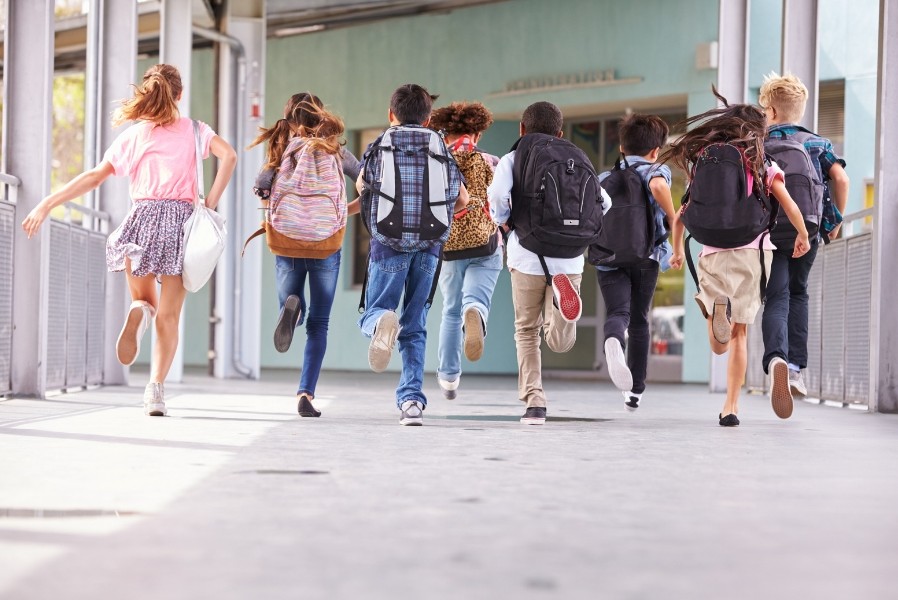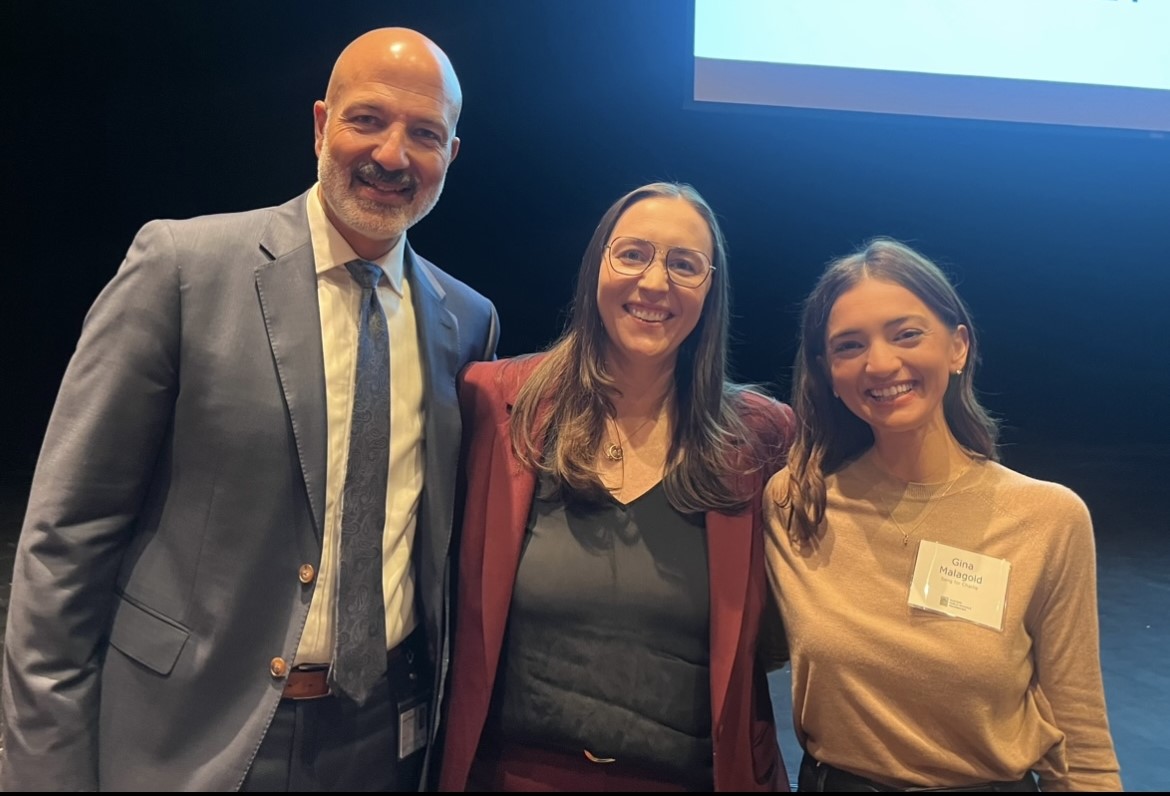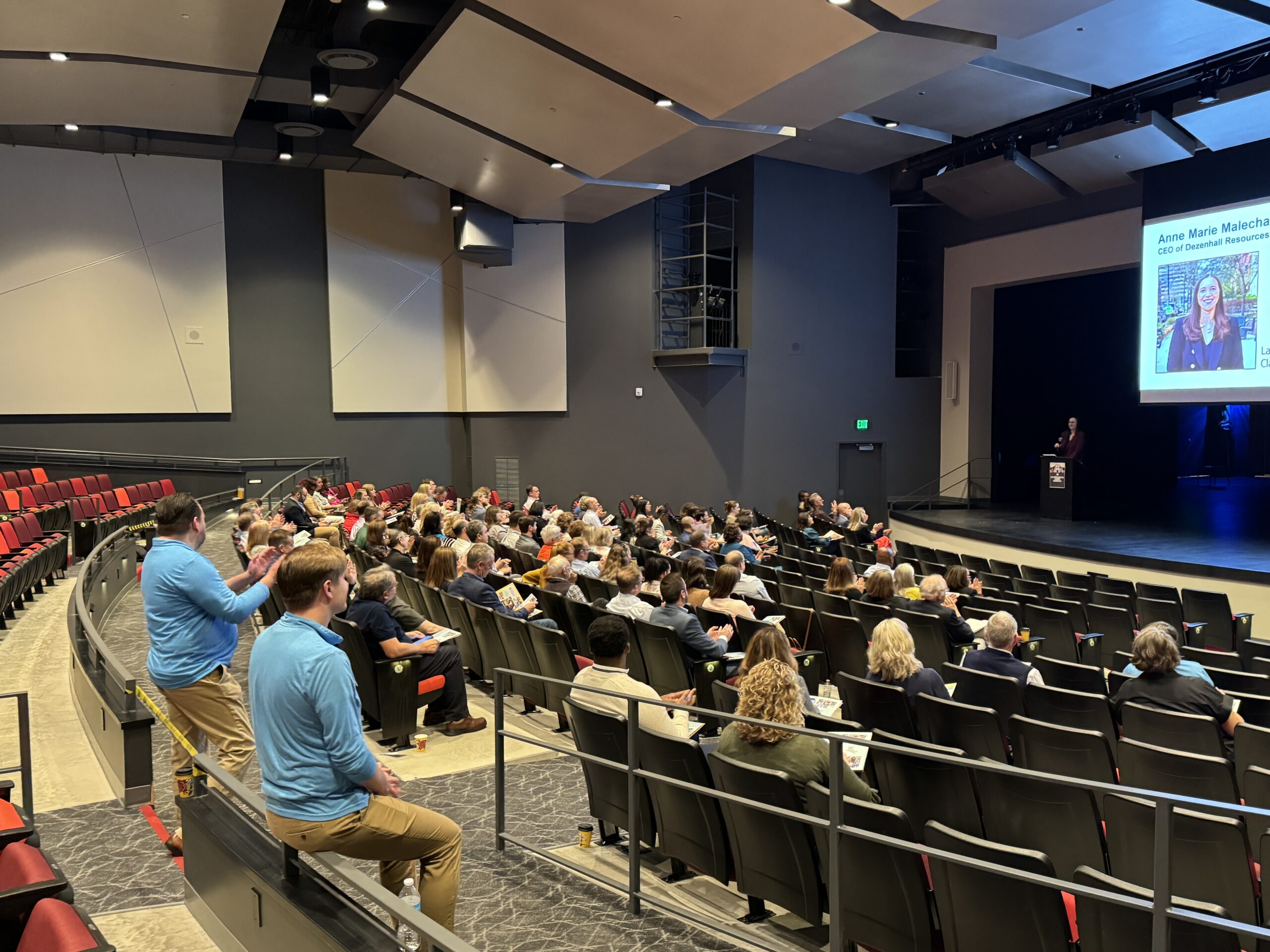
When budgets fall short, collective action must rise.
As preparations for the new school year begin, it’s likely many may be feeling a familiar sort of uncertainty that usually comes along with it. School districts have been feeling this way too. From onboarding new educators to monitoring the impacts of actions being taken on the state and federal levels, districts also are working to navigate uncertain times—all in support of our students.
State Budget: Missed Opportunities for Public Education
The last few months have seen a flurry of activity. On July 3rd, Governor Evers signed into law the 2025-27 state budget. Regardless of what spin you may hear, this budget falls completely short in terms of support for public K-12 education. It does not include any new state general aid to school districts over the next two years. In fact, 66% of districts will actually see a cut to state aid in the 2025-26 school year.
This contrasts with another provision included within the budget that guarantees private and charter schools receive an increase in funding over the same time. While the much-needed increases to the special education reimbursement and mental health supports are welcome, they still don’t come close to what our students need and deserve. The only bright spot is that decoupling language, which would further erode transparency and accountability of voucher programs, was not included.
Federal Cuts Threaten Students and Families
This all comes at a time when deep federal cuts are being proposed by an administration that continuously attacks our public schools and educators. It does not take long for one to see ample examples of this strewn across the news.
The Trump Administration is proposing a total of $12 billion in cuts to public education, which includes eliminating funding for many school district–operated programs that support our most vulnerable students. And as many of us know, it doesn’t just stop with education. The “One Big Beautiful Bill Act” will have devastating impacts on programs like SNAP (known as FoodShare in Wisconsin), the most effective anti-hunger program in the country, as well as countless other vital policy areas.
The Real Barriers to Student Success
Students’ learning ability is hindered when their basic needs are not met. Issues concerning homelessness, student health, hunger, and nutrition all create barriers to school achievement. None of these will be solved by legislative inaction, budget cuts, or greater administrative burdens.
Further investment in both students and their families is what is needed to ensure educational success for all students.
Shifting the Narrative: A Community Responsibility
These issues obviously don’t just involve our schools. They involve our entire community. And subsequently, it requires us to shift the narrative on how we collectively care for our children and support systemic change.
This is why the Madison Public Schools Foundation has joined with other like-minded funders from across the state to form a new group called the Wisconsin Funders for Children & Families. We look forward to sharing more information on this group’s work in the coming months. In the meantime, we encourage you to explore what is driving this exciting new initiative and its focus areas.
The Work Ahead Belongs to All of Us
True support for children and families cannot come from schools alone—it must come from all of us. Together, we can create a future where every child has the opportunity to learn, thrive, and succeed.

